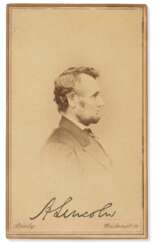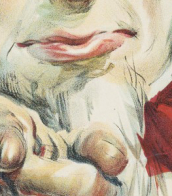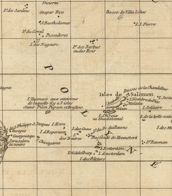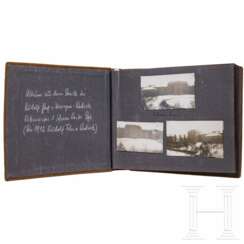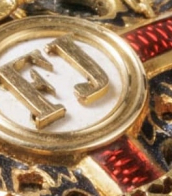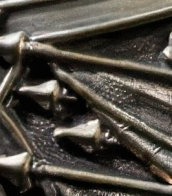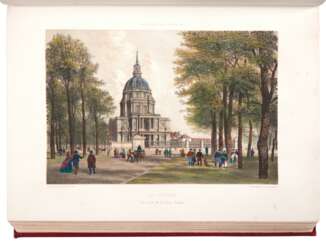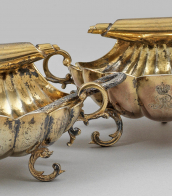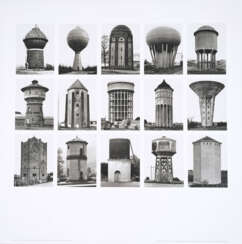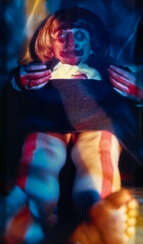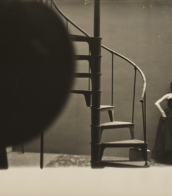contemporary photographs
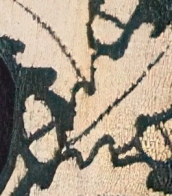
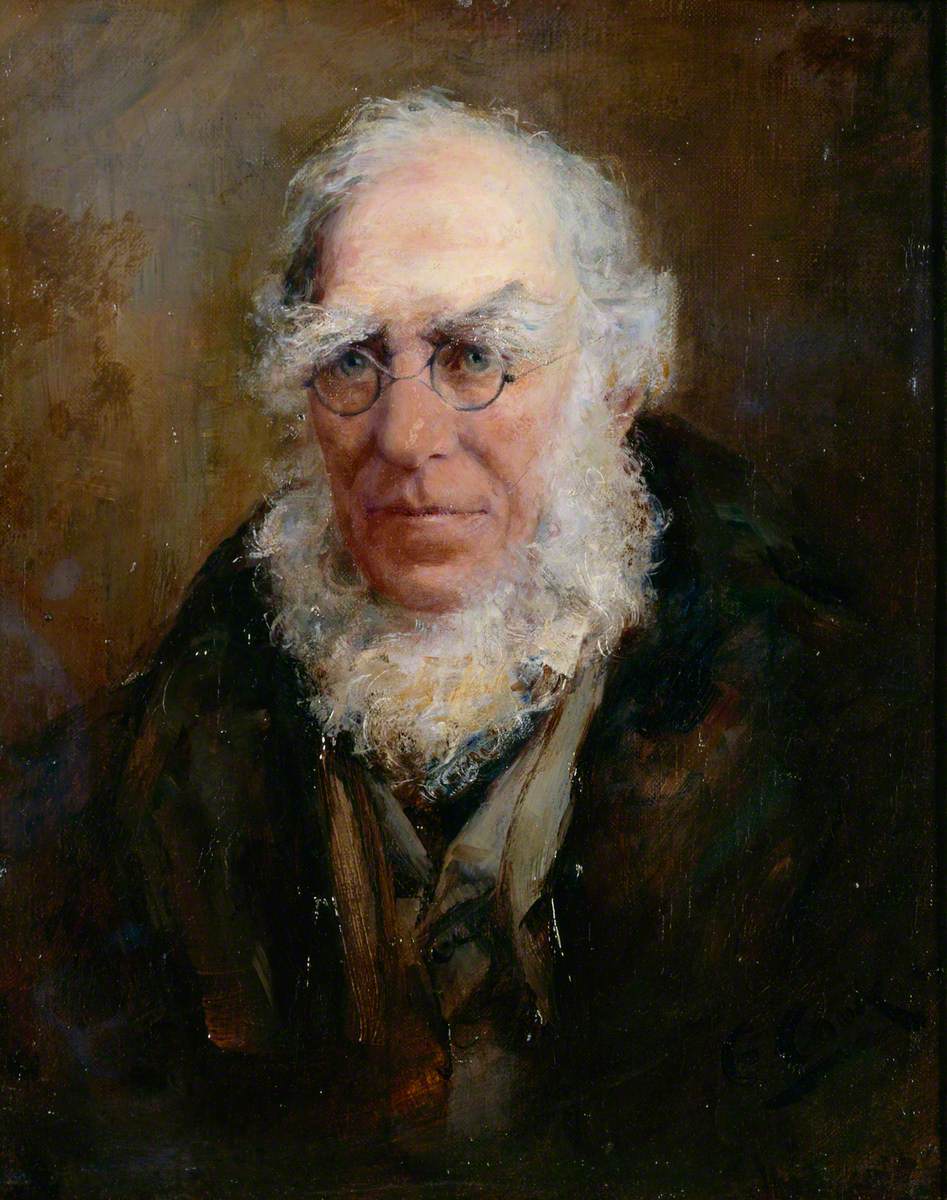
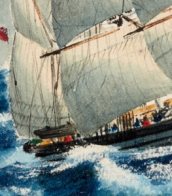


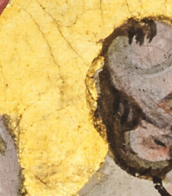
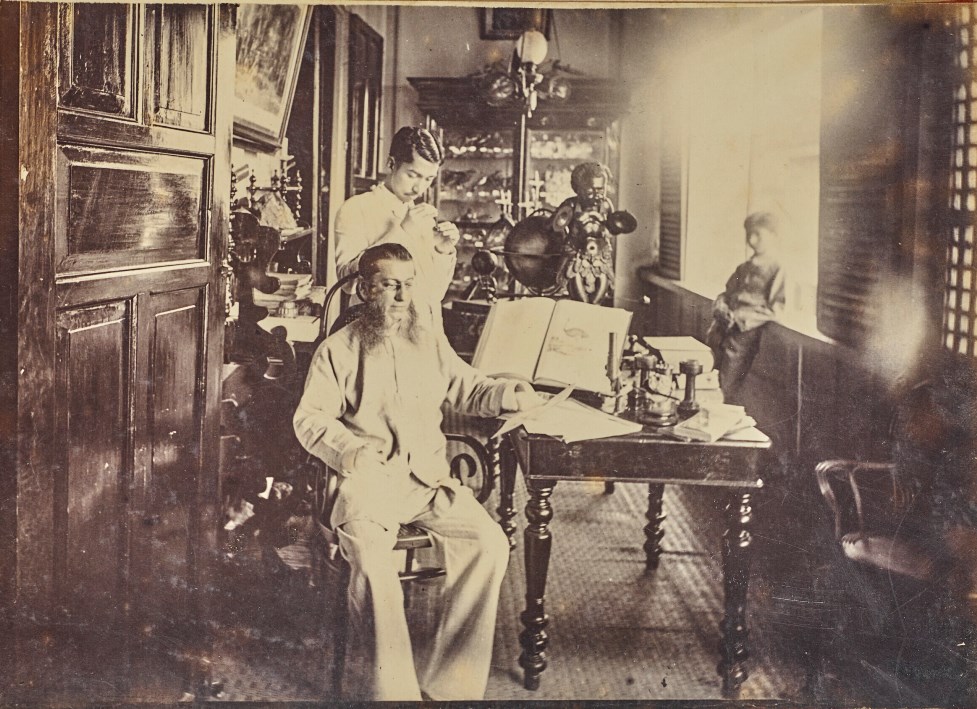
Pelayo Hipólito Fernández was a Spanish traveler and naturalist.
Fernández did extensive collecting work on the islands of Mindanao, Luzon, the Mariana Islands, and others. He founded a private zoological museum in Manila, which was incorporated into the National Museum of Natural Sciences.
In 1887, the Spanish Crown organized an exhibition to present the biodiversity of the Philippines to the Spanish public. For this exhibition, Fernández provided some 2,300 specimens of animals found in the islands, including 106 shells, among which were several type specimens. He also included ethnographic items in the exhibit, including the skulls of two outlaws.
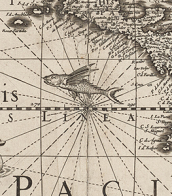
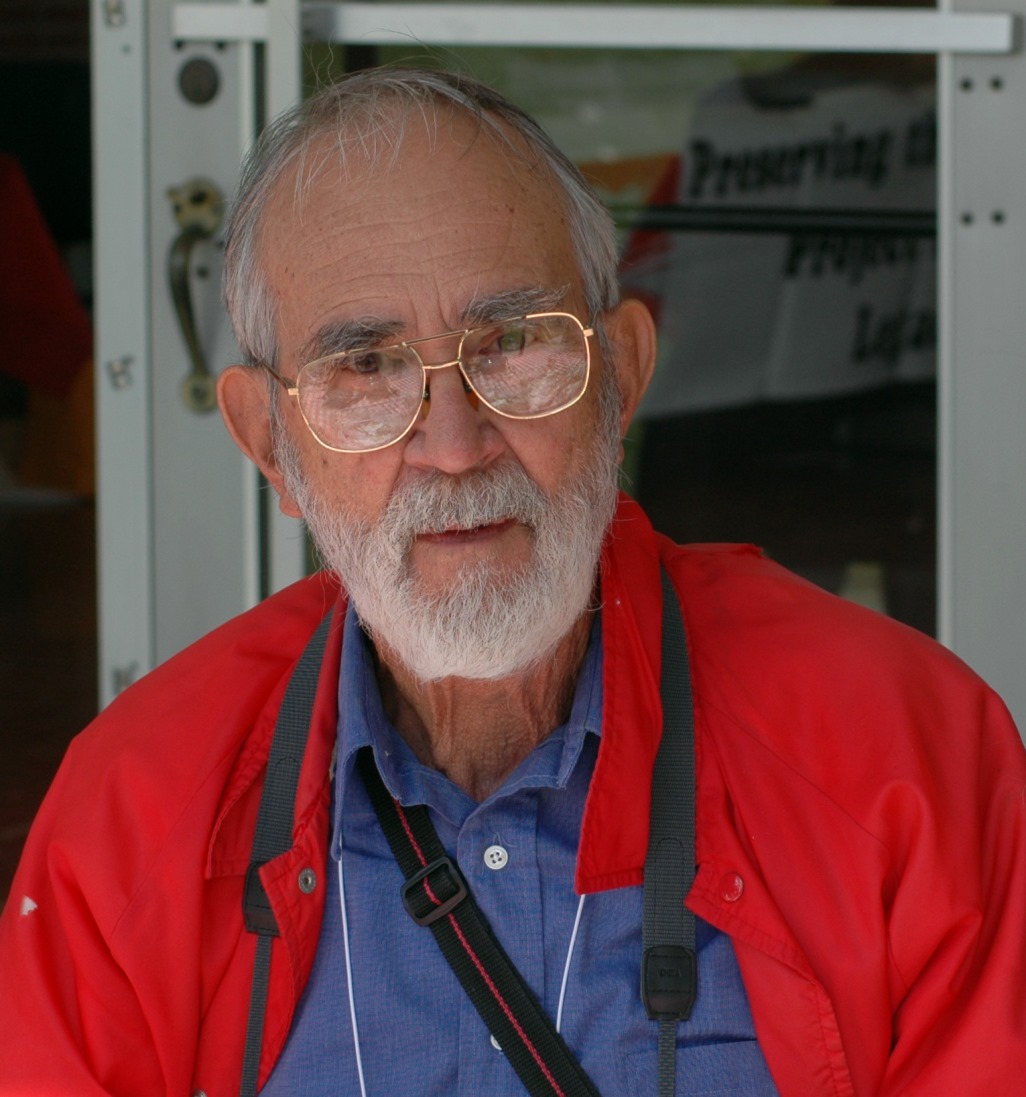
Jack W. Aeby is an American environmental physicist and photographer.
Aeby attended the University of Nebraska and was one of the first civilian employees of the Manhattan Project beginning in 1942. He worked on the project in many areas, starting with human transportation, then he was assigned as the chemical warehouse superintendent.
On July 16, 1945, while at base camp with all the official photographic equipment, Aeby took the only well-exposed color photograph of the first detonation of a nuclear weapon at the Trinity Nuclear Test Site in New Mexico, for which he became famous. The rest of the film was destroyed by the explosion. At the time of the photograph, Aeby was a civilian working in the health physics group with Emilio Segre.
Jack Aeby continued to work at Los Alamos during the Crossroads tests and eventually witnessed nearly 100 nuclear explosions. He then returned to work at Los Alamos National Laboratory in the Department of Health Physics.

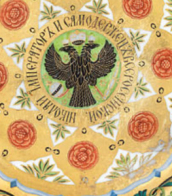
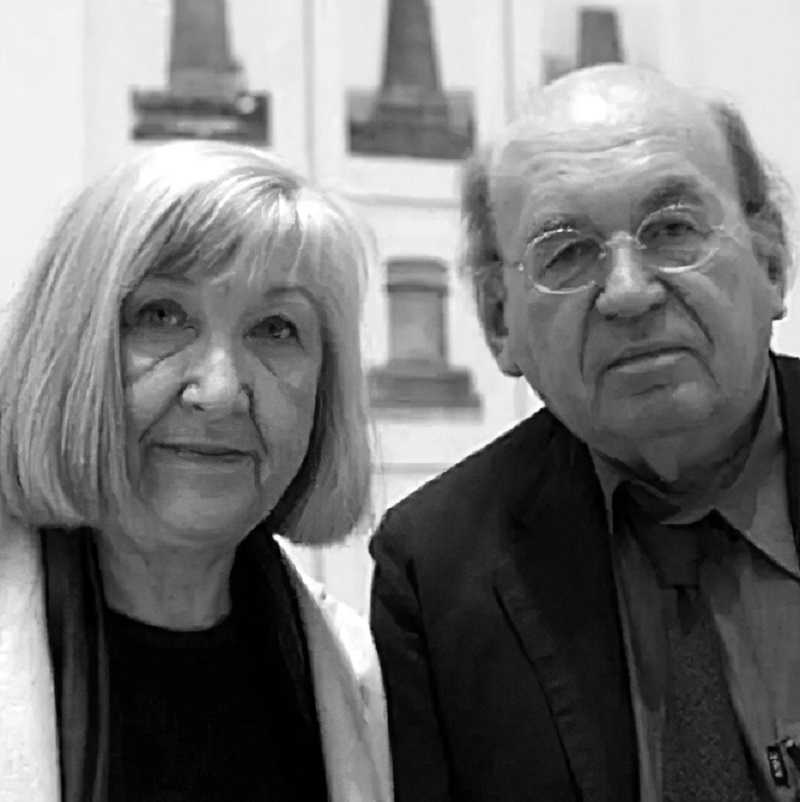
Bernhard (Bernd) Becher and Hilla Becher were German conceptual artists and photographers working as a collaborative duo. They are best known for their extensive series of photographic images, or typologies, of industrial buildings and structures, often organised in grids. As the founders of what has come to be known as the 'Becher school' or the 'Düsseldorf School' they influenced generations of documentary photographers and artists. They have been awarded the Erasmus Prize and the Hasselblad Award.
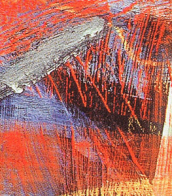
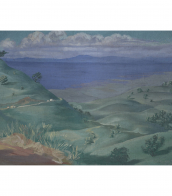
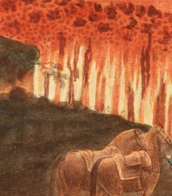

Bernhard (Bernd) Becher and Hilla Becher were German conceptual artists and photographers working as a collaborative duo. They are best known for their extensive series of photographic images, or typologies, of industrial buildings and structures, often organised in grids. As the founders of what has come to be known as the 'Becher school' or the 'Düsseldorf School' they influenced generations of documentary photographers and artists. They have been awarded the Erasmus Prize and the Hasselblad Award.
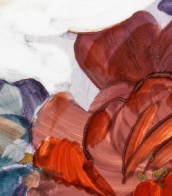
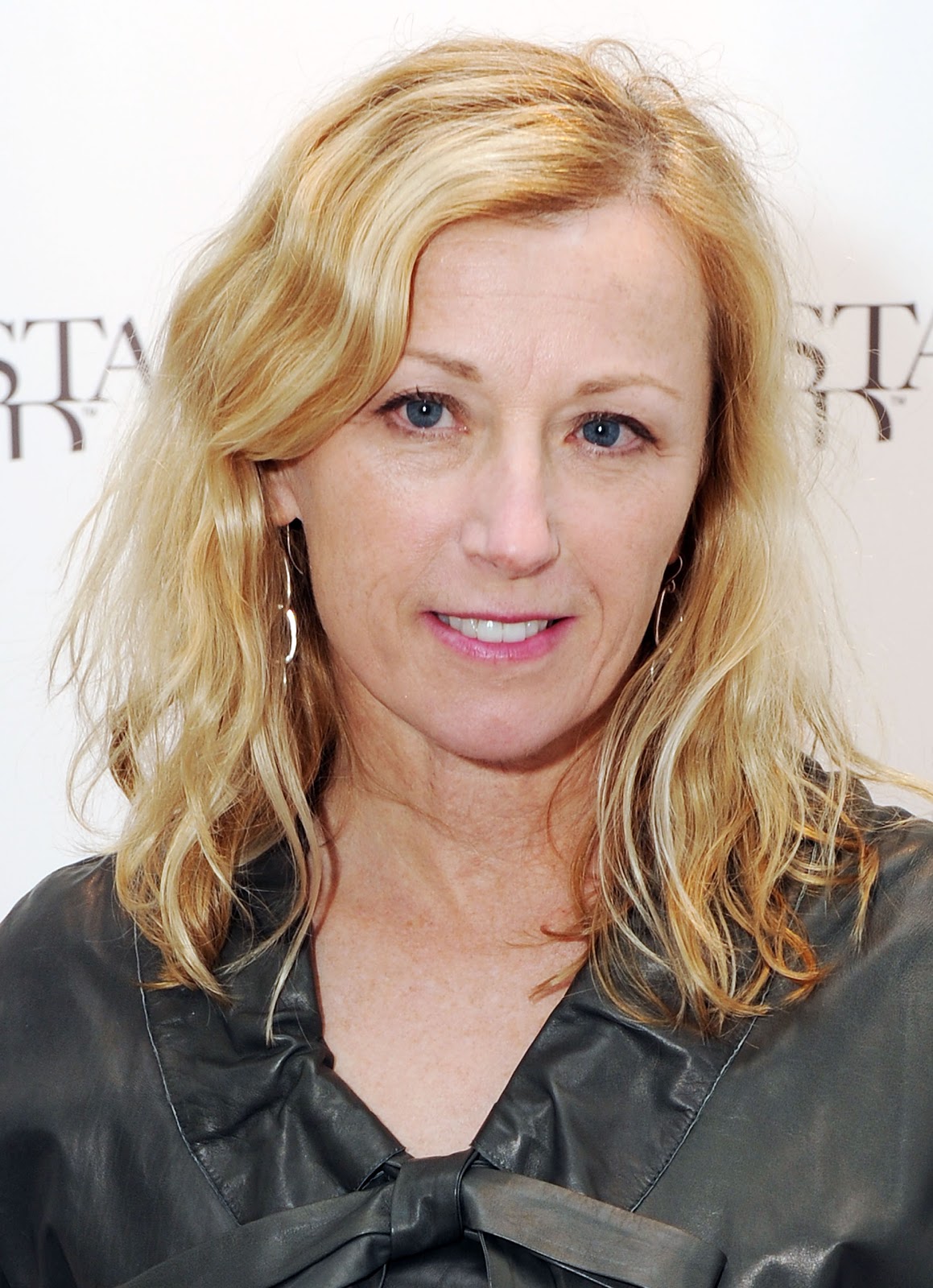
Cynthia Morris Sherman is an American artist whose work consists primarily of photographic self-portraits, depicting herself in many different contexts and as various imagined characters.
Her breakthrough work is often considered to be the collected Untitled Film Stills, a series of 70 black-and-white photographs of herself evoking typical female roles in performance media (especially arthouse films and popular B-movies). In the 1980s, she used color film and large prints, and focused more on costume, lighting and facial expression.
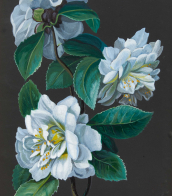
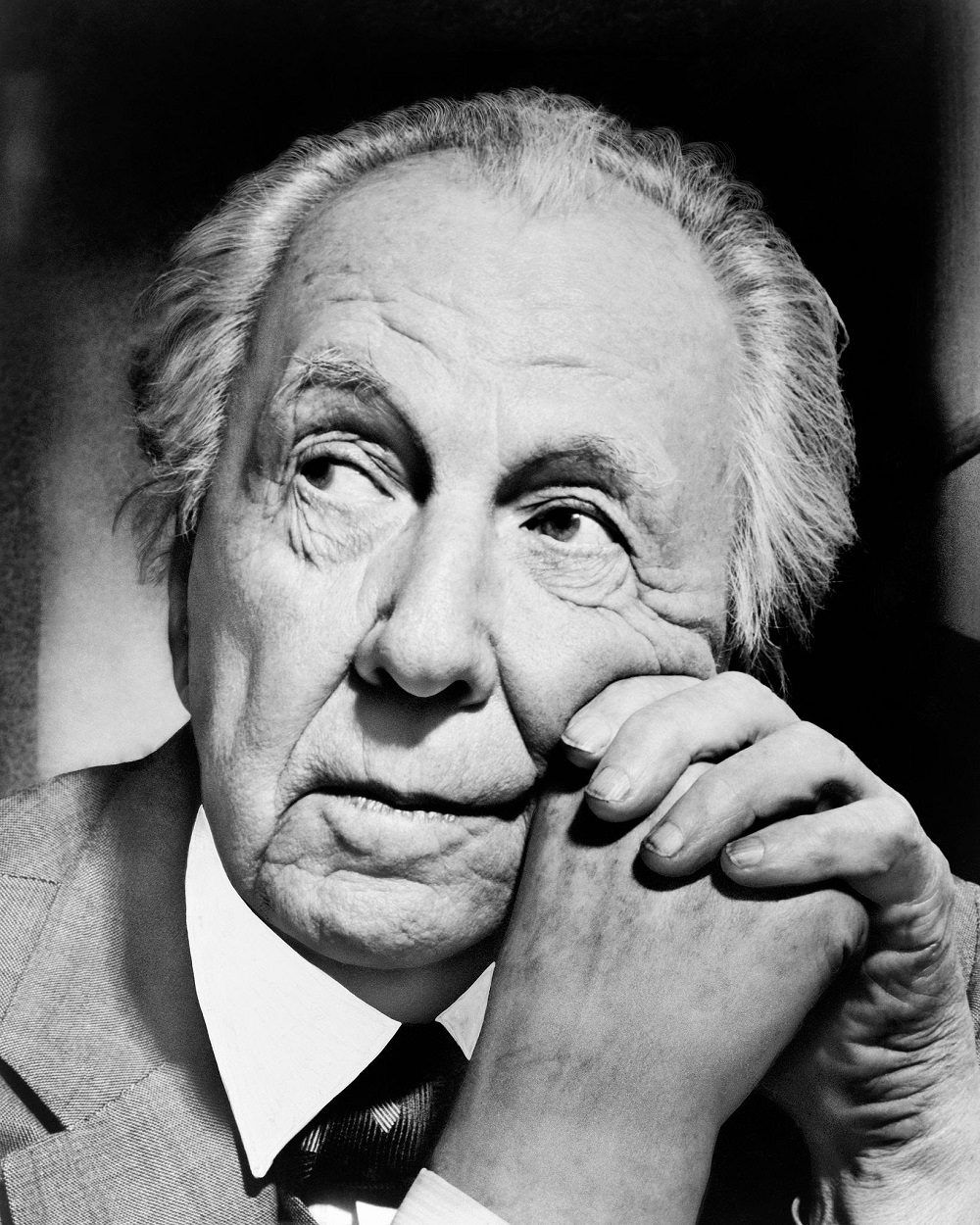
Frank Lloyd Wright was an American architect, interior designer, writer, and educator. He is widely regarded as one of the most important and innovative architects of the 20th century, with a career spanning over 70 years.
Wright is known for his organic architecture philosophy, which aimed to create structures that were in harmony with their natural surroundings. He designed over 1,000 structures, including private homes, public buildings, and commercial buildings, such as the iconic Guggenheim Museum in New York City.
Some of Wright's most famous works include Fallingwater, a private residence built over a waterfall in Pennsylvania, and the Robie House, a Prairie-style home in Chicago. He also designed the Imperial Hotel in Tokyo, which survived the Great Kanto Earthquake of 1923.
Throughout his career, Wright was known for his innovative use of materials, such as his signature use of concrete blocks, and for his emphasis on the relationship between the built environment and the natural world. He also wrote extensively on architecture and design, publishing over 20 books and numerous articles throughout his life.
Frank Lloyd Wright's influence on modern architecture is profound, and his work continues to be studied and celebrated around the world. He is often regarded as a pioneer of modern architecture and a master of American design.
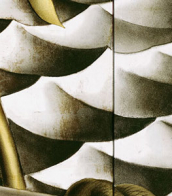


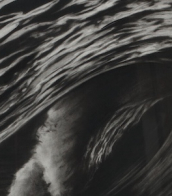


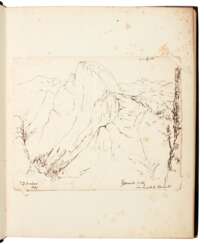



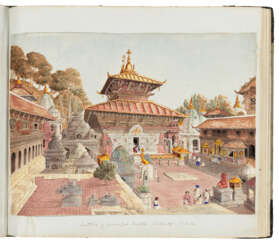

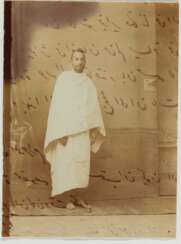

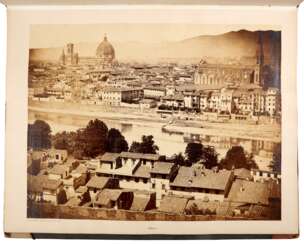

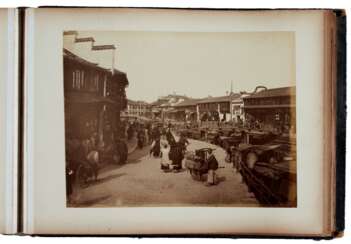



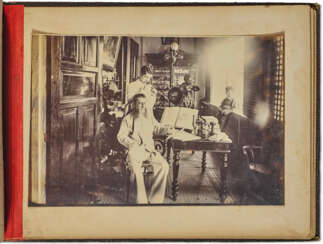

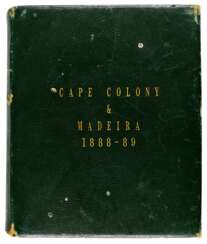

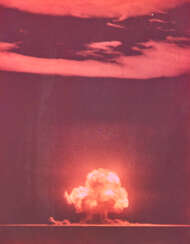

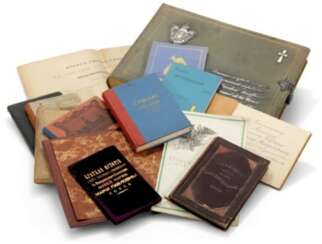



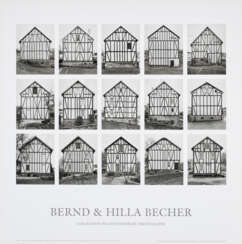

![SHTEINGEIL, Baron Vecheslav. Imperatorskaia Rossiiskaia Gvardiia [Imperial Russian Guard 1700-1878: Chronological Tables]. St Petersburg: 1878. Folio. (Spotted). Contemporary half calf (rubbed) [Lyons 4] – Imperatorskaia Gvardiia po 1 Maia 1899 [The Imper](/assets/image/picture_1874108/fb43b/80733ba0276477fba13b6821a60dcbd51638140400jpg__fix_374_244.jpeg)
![SHTEINGEIL, Baron Vecheslav. Imperatorskaia Rossiiskaia Gvardiia [Imperial Russian Guard 1700-1878: Chronological Tables]. St Petersburg: 1878. Folio. (Spotted). Contemporary half calf (rubbed) [Lyons 4] – Imperatorskaia Gvardiia po 1 Maia 1899 [The Imper](https://veryimportantlot.com/assets/image/picture_1874108/fb43b/80733ba0276477fba13b6821a60dcbd51638140400jpg__fix_374_244.jpeg)
